In this tutorial, we will take a closer look at the role of stories as a form of contribution in content marketing. Using an example from the finance community, I will present various aspects of how stories are used to promote engagement and community bonding.
Key Takeaways
- Stories can emotionally and understandably convey information.
- A structured, multipart approach can maintain the interest of readers.
- A good story strengthens community bonding and engagement on social platforms.
Step-by-Step Guide
Step 1: Understand the Power of Story
Before you start creating stories, it's important to understand the power of narrative. Stories have the ability to emotionally engage the audience. You can package information in an appealing way that motivates people to learn more. The example we're looking at comes from a financial newspaper that tells the story of a family. Part 1 of the story reports on the purchase of a car.
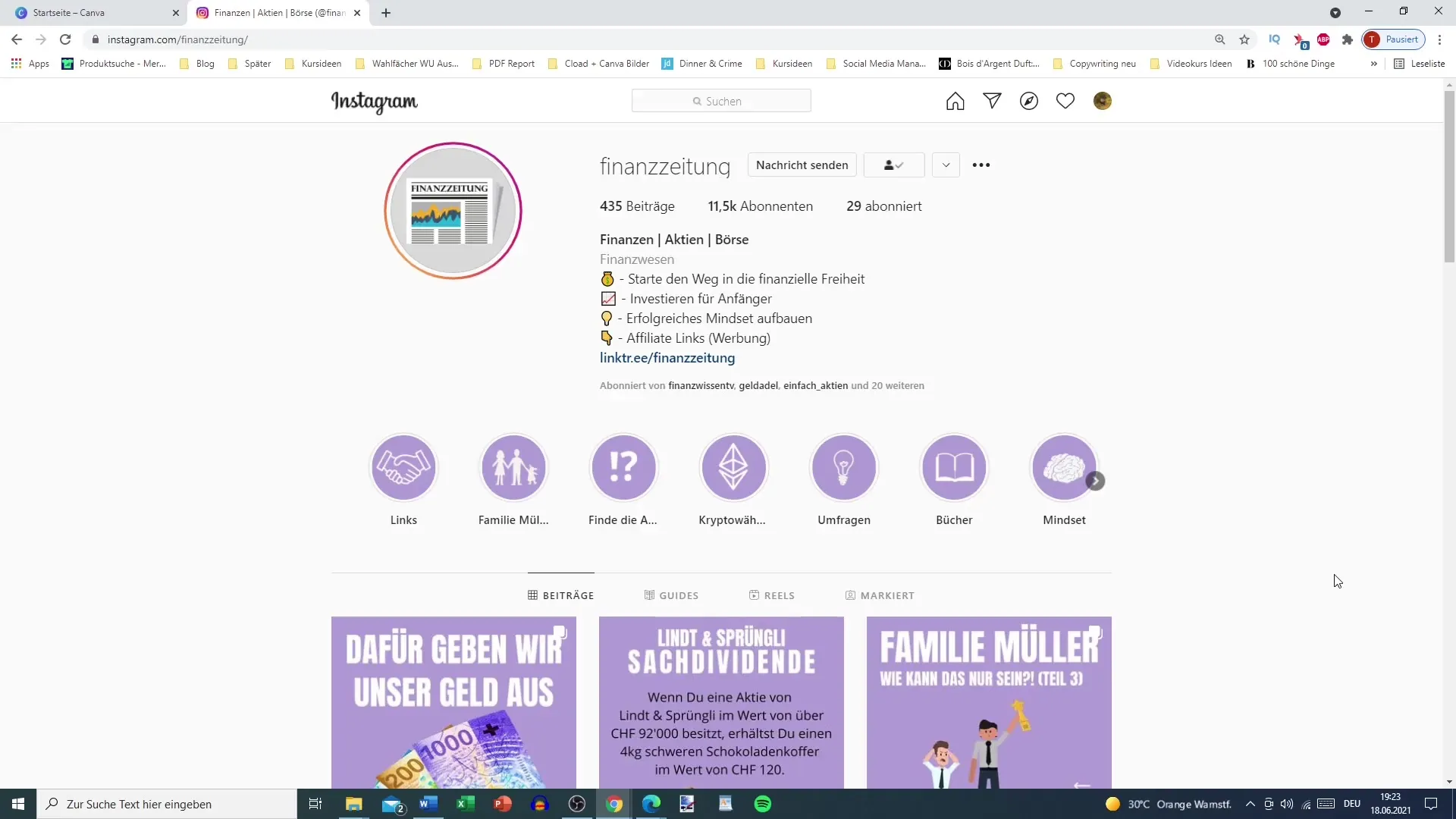
Step 2: Structuring the Story
A well-structured story is crucial. In the example we see, the story was divided into several parts - Part 1, Part 2, and even Part 3. This division allows you to pique your audience's interest and make them await the next part. Having a clear structure is important so that readers know what to expect.
Step 3: Incorporating Visual Elements
To keep your target audience interested, it makes sense to integrate visual elements. In the example, the story was complemented by images accompanied by texts. This combination of image and text brings the story to life and makes it more captivating. Consider how you can incorporate visual content into your stories to make them even more engaging.
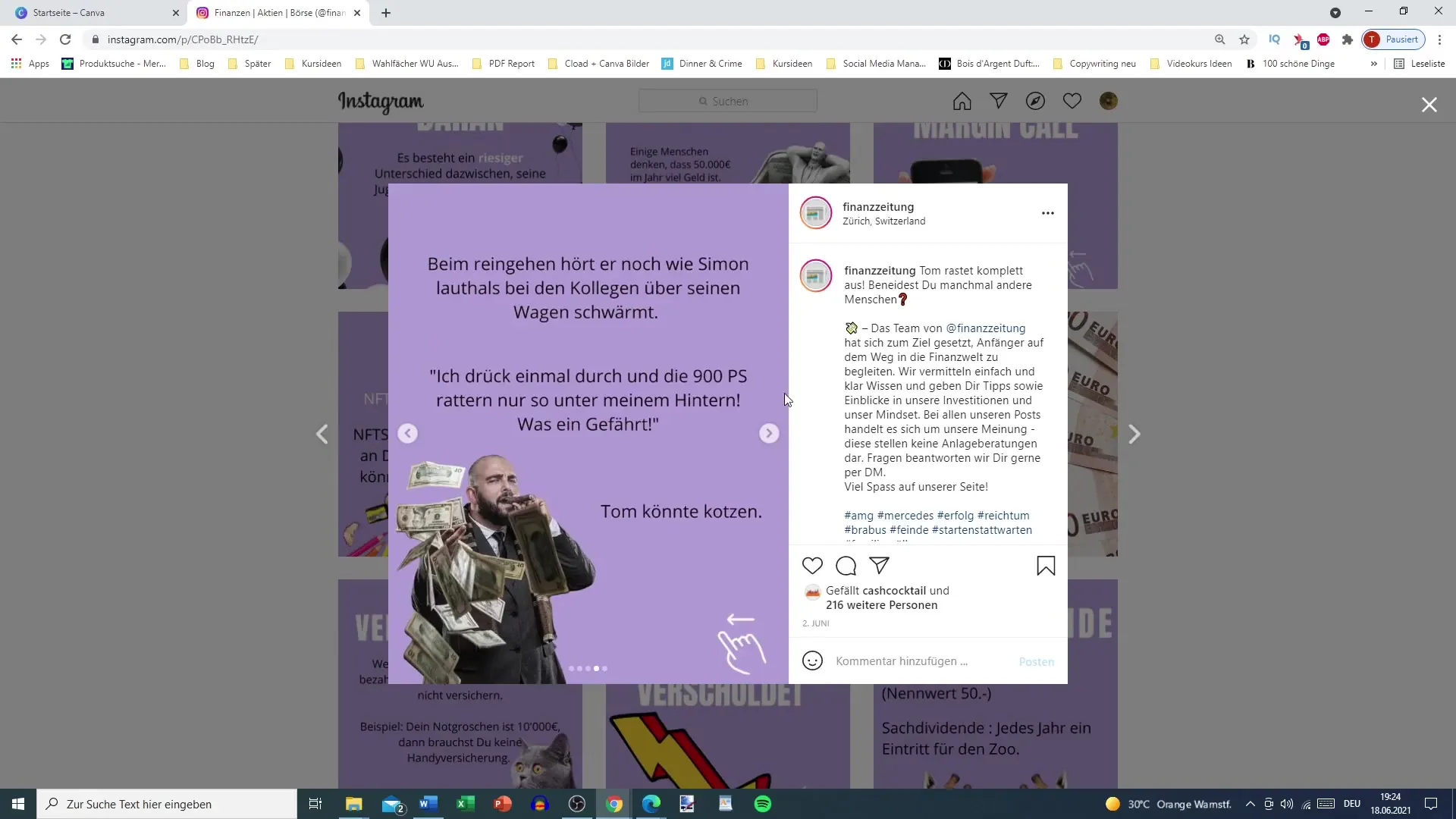
Step 4: Building Suspense
To keep readers engaged, it's important to build suspense. In the example, each part ended with a cliffhanger, for example: "Don't worry, we'll be back next week." This type of suspense motivates readers to come back and learn more. Think about how you can incorporate suspense into your stories to keep the audience actively engaged.
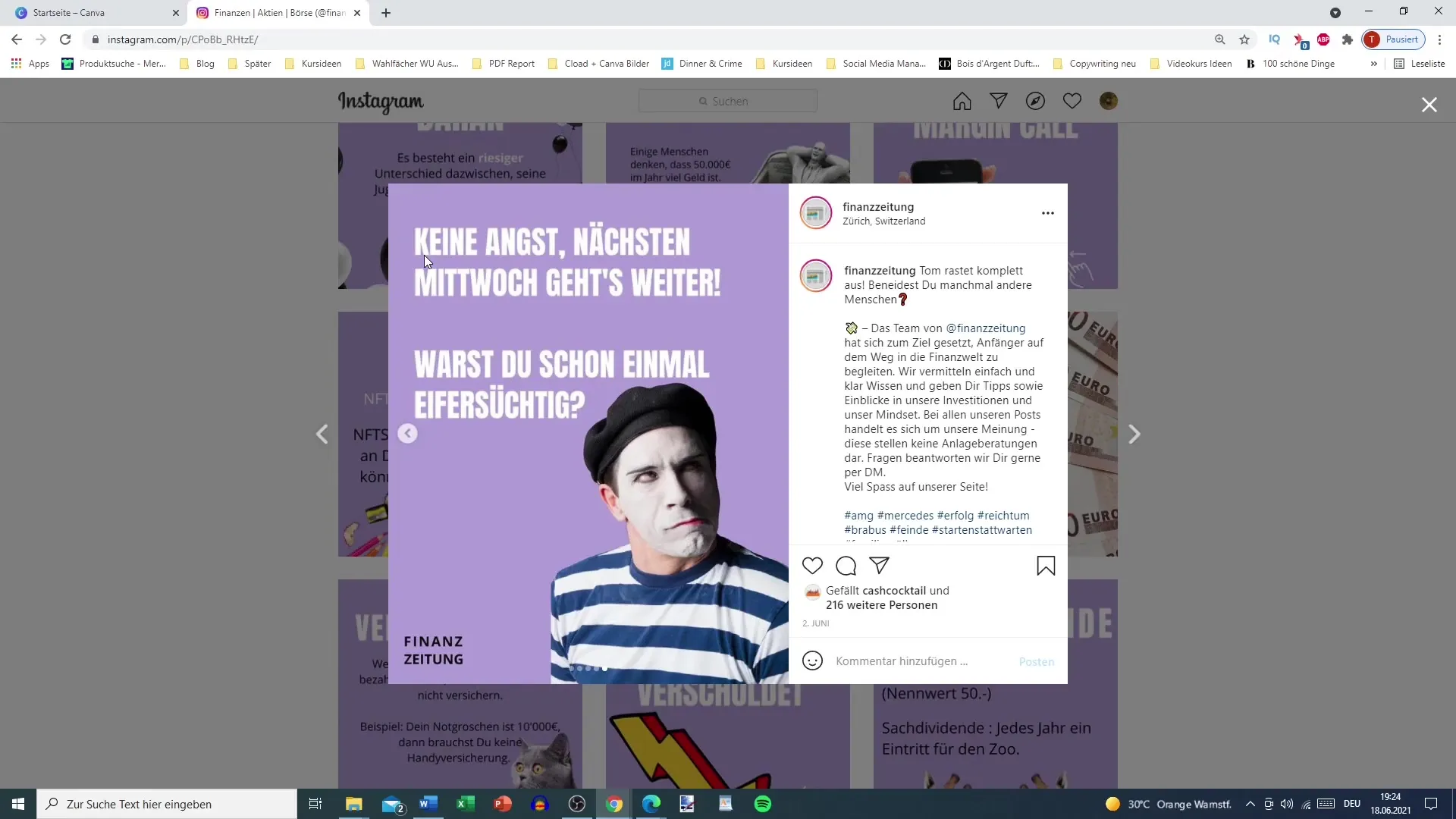
Step 5: Promoting Community Bonding
A well-told story can strengthen the bond of your community. The example shows that readers not only leave comments but also express their own opinion on sharing the story. This promotes interaction and ties readers more closely to your account. Make sure to encourage a dialogue with your audience to create a sense of community.
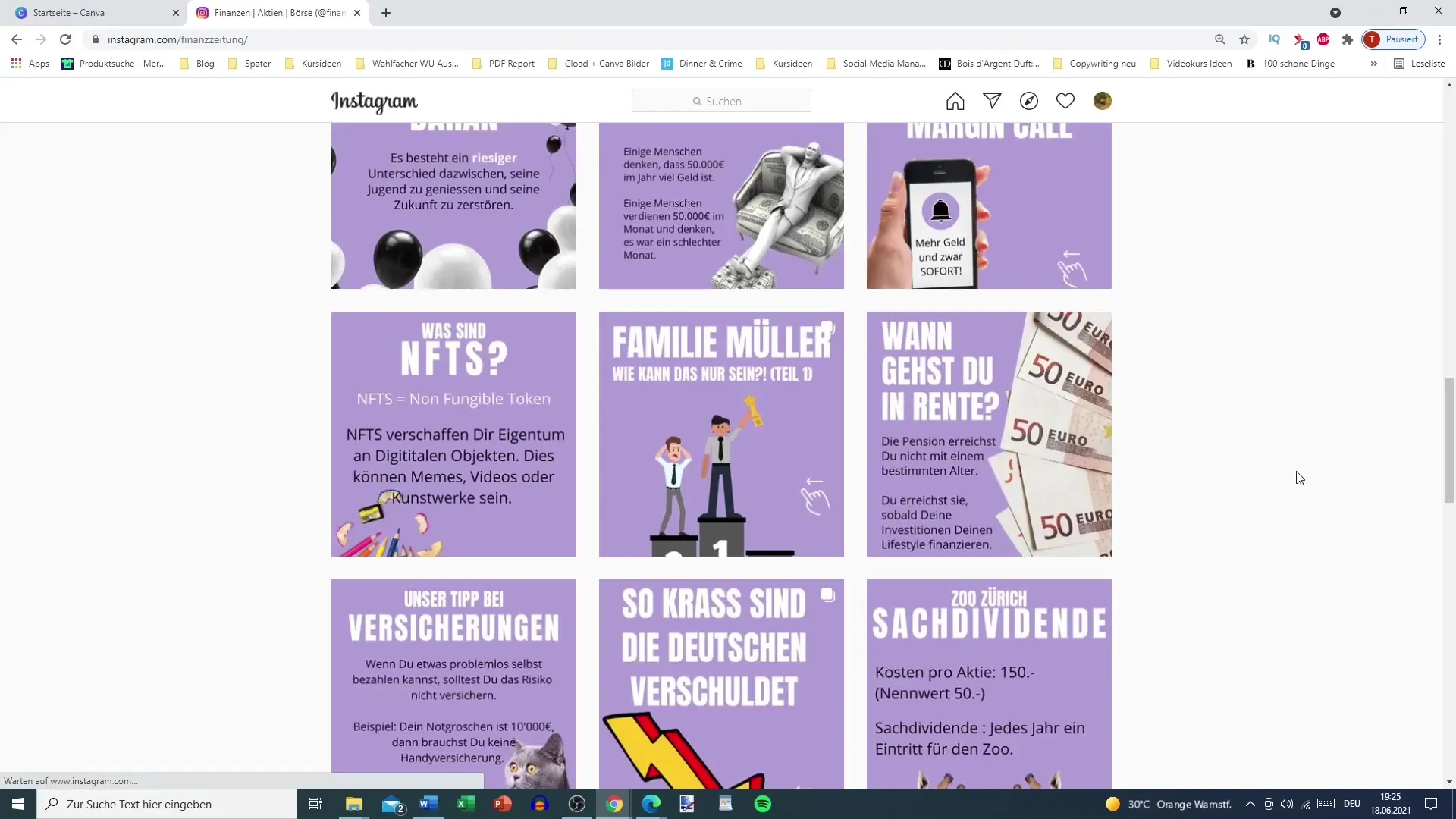
Step 6: Ensuring Continuity
Remember, continuity is key to keeping your readers' attention. In the case of the example, the story was designed so that readers had to return regularly to read the new parts. Think of a plan for how often you want to publish new stories or parts and stick to those schedules.
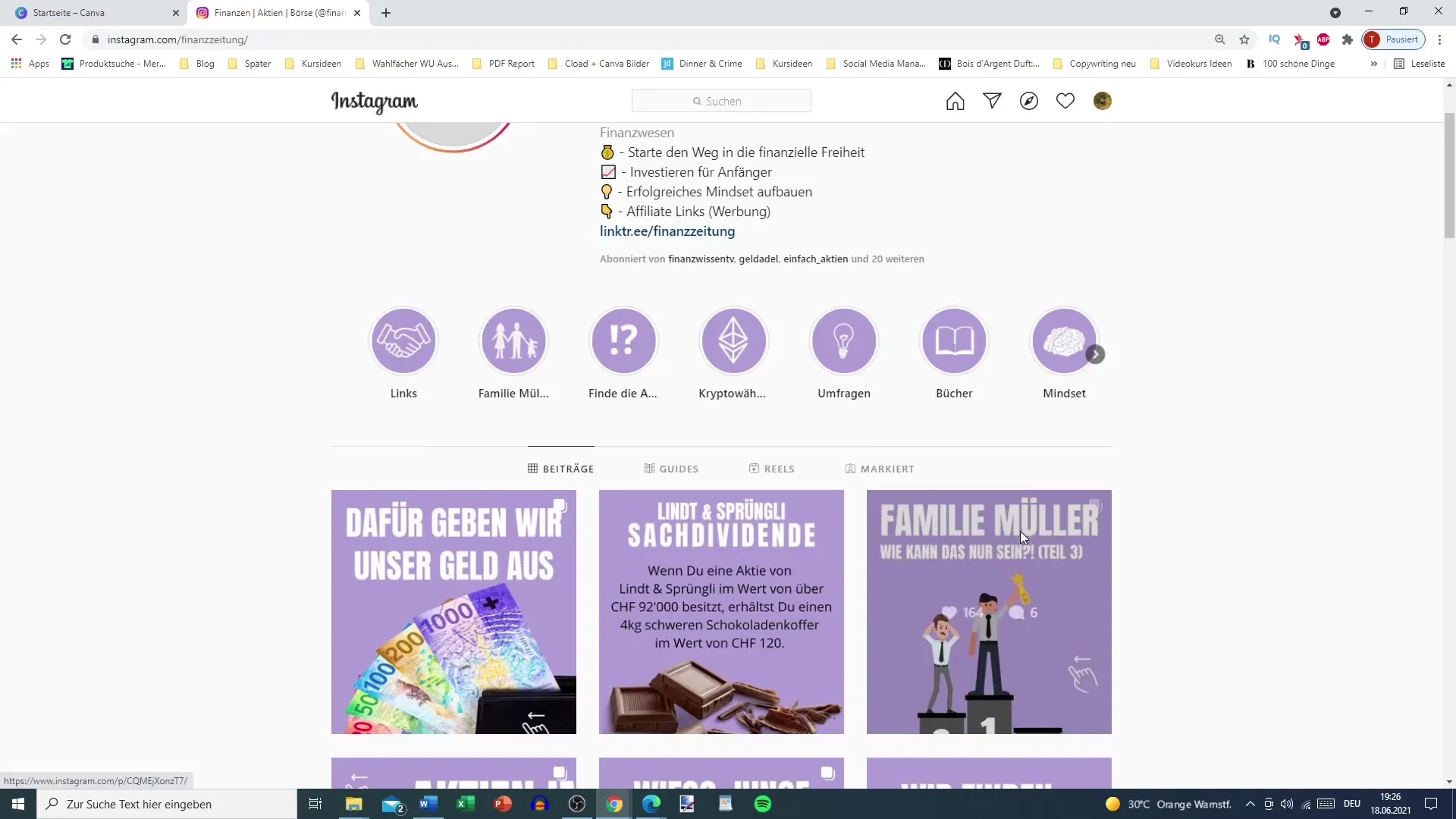
Summary
In summary, stories are a powerful form of content marketing. They allow you to establish an emotional connection with your audience, increase engagement, and build a loyal community. By using appropriate structuring, visual elements, and creating suspense, you can create compelling stories that captivate your target audience.
Frequently Asked Questions
What is storytelling in content marketing?Storytelling in content marketing is the art of presenting information in the form of a story to establish an emotional connection and promote engagement.
How can I incorporate visual elements into my stories?You can use images, graphics, or videos to make your story more vivid and engaging.
Why is it important to build suspense in stories?Suspense keeps your readers interested and motivates them to return to learn more about the continuation.
How often should I publish new parts of my story?It makes sense to find a regular publication rhythm to maintain reader engagement, e.g. weekly.
What are the benefits of stories in content marketing?Stories promote engagement, boost community bonding, and can effectively and emotionally convey information.


